The ZV-E1 is the fourth camera Sony designed specifically for V-loggers and solo content creators. It is also the most advanced and expensive in the line-up, inheriting the image quality of the A7S III built into a very compact package.
The A7C was launched as a more compact offering than the popular (and older) A7 III. Unlike the ZV-E1, it is designed for both photo and video enthusiasts. Let’s see how these two products compare!
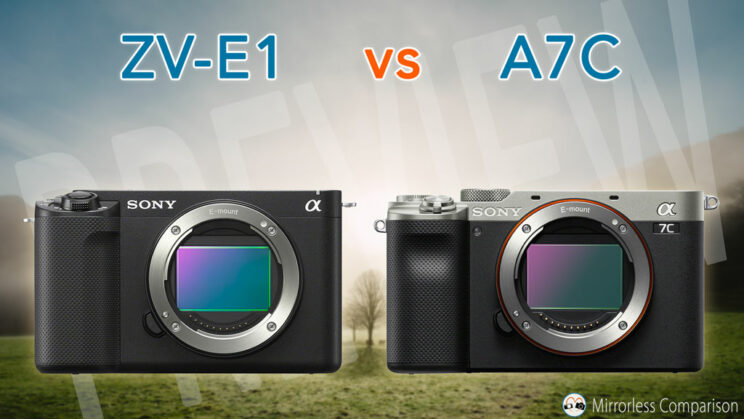
Ethics statement: the following is based on official specs and our experience with Sony E-mount cameras. We were not asked to write anything about this product, nor were we provided any compensation of any kind. Within the article, there are affiliate links. If you buy something after clicking one of these links, we will receive a small commission. To know more about our ethics, you can visit our full disclosure page. Thank you!
ZV-E1 vs A7 IV
ZV-E1 vs A7S III
ZV-E1 vs A7C
1. Sensor
The ZV-E1 uses a 12MP Quad Bayer full frame sensor, the same found inside the A7S III and FX3. The A7C has the same 35mm format sensor found in the older A7 III, with 24.2MP, so double the resolution. Both sensors have a back-illuminated design and a low pass filter.
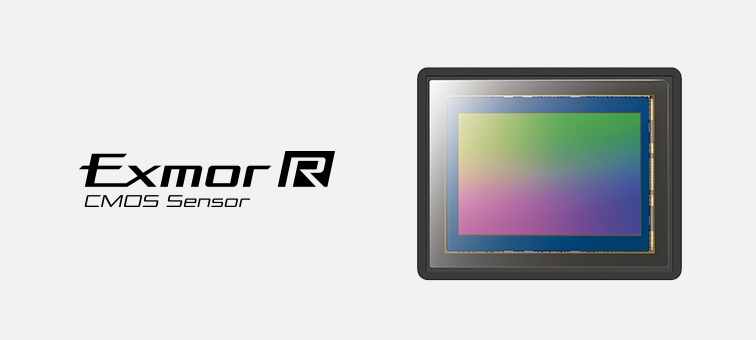
The ZV-E1 uses a newer image processor, the BionZ XR, which is about 8 times faster than the BionZ X chip found inside the A7C. The ZV model also has a dedicated AI processing unit for subject detection, and you’ll find out more about this in the following chapters.
Two other things, only found on the E1 camera, are the possibility to shoot in Lossless Compressed RAW, in addition to compressed and uncompressed, and save images in the HEIF 10-bit format.
When it comes to ISO, the ZV-E1 has a vaster range as you can see below.
ISO
Normal range
Extended range
ZV-E1
80 – 102,400
40 – 409,600
A7C
100 – 51,200
50 – 204,800
2. Video
This is the area where the ZV-E1 has a major advantage, and the primary reason why you would want to buy one over the A7C.
The ZV model has the following high-end specs:
- 4K 60p with no sensor crop, 4K 120p with a 1.1x crop*
- Full HD up to 240fps*
- 10-bit 4:2:2 internal recording
- All-Intra compression up to 600Mbps
*Note: 4K 120p and Full HD 240 will be available in June 2023 with a software update and a free license to download and install on the camera. More info on the Sony Creative Cloud website.
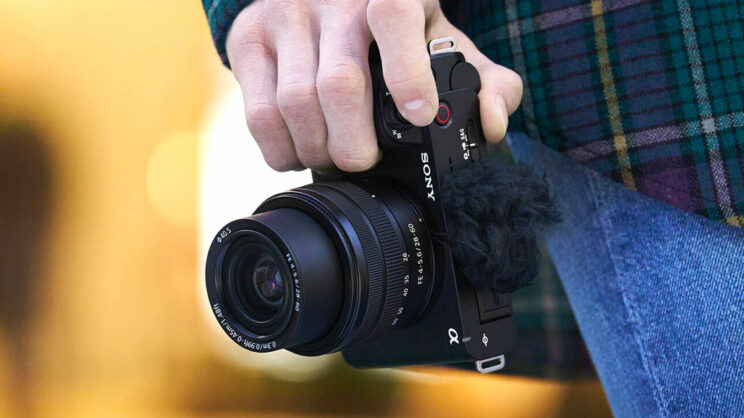
The A7C video capabilities are not bad at all, but they definitely belong to Sony’s old generation: 4K 24/25p without crop, 4K 30p with a 1.2x crop. Internal recording is limited to 8-bit 4:2:0, and there is no 10-bit option at all, not even via the HDMI port. Thankfully, the 30 minute / clip recording limitation is no more, just like on the ZV model.
Another difference concerns the picture styles. The ZV-E1 come with the new Creative Looks, which are designed for stills and video, and apply distinctive looks to your image if you don’t want to play with more advanced settings, or colour grade in post. The Creative Style settings found on the A7C are less effective for video, and can clip highlights more easily.
That said, both cameras have the Picture Profiles, Sony’s advanced parameters to fine-tune the image on a professional level, as well as record the best dynamic range available via the S-Log2 and S-Log3 gamma curves. Only the ZV-E1 has the S-Cinetone mode however.
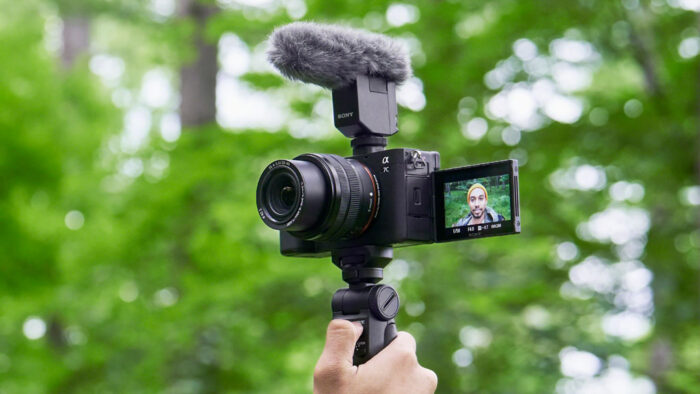
Each camera has a microphone input and headphone output, as well as the multi-interface shoe that is compatible with digital audio and select microphones. The HDMI port is the micro type D standard on both.
Finally, there are extra features on the ZV model that you won’t find on the A7C, such as Focus Breathing Compensation, which works with select lenses, and the CineVlog mode which adds black bars to the top and bottom to emulate the 2.35:1 widescreen aspect ratio.
3. Autofocus
The two cameras have a hybrid autofocus system with contrast detection points (425 each) and, more importantly, phase detection points (759 on the ZV-E1, 693 on the A7C).
The ZV-E1 is a more recent model with a more advanced processor and the lastest AF algorithms, so you can expect some advantages.
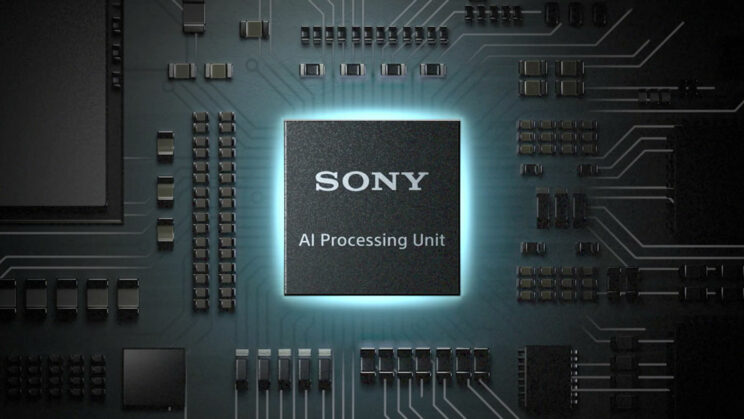
First, the ZV model has more sensitivity (two stops) in low light: -6EV vs -4EV, measured at ISO 100 with an f/2 aperture.
Then we have the tracking capabilities and subject detection. The A7C has real-time tracking and can recognise humans and animals, for stills and video (make sure to have firmware 2.00 installed). Human detection is limited to faces and eyes, and only the eyes of animals are detected.
As mentioned earlier, the ZV-E1 has a dedicated chip for subject detection and deep learning (what Sony calls AI processing unit). It can understand human poses, and recognises the body and head as well. For animals, it can detect more variety, including insects, as well as different parts such as bodies and heads. It can also detect vehicles such as planes, cars and trains.
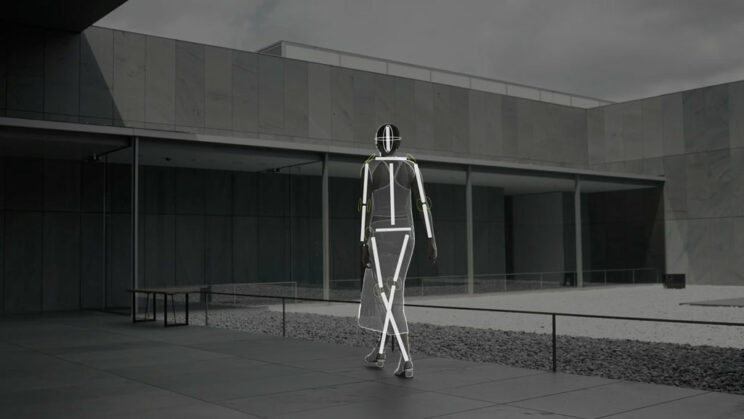
4. Stabilisation
Both cameras feature 5-axis image stabilisation, with a rating of 5 stops (CIPA standard). It can be used for stills and video.
When recording movies however, the ZV-E1 offers more options with the Active and Dynamic Active settings. These are digital stabilisation modes that crop the sensor but improve the performance. Dynamic Active is more effective but the crop applied is more severe.
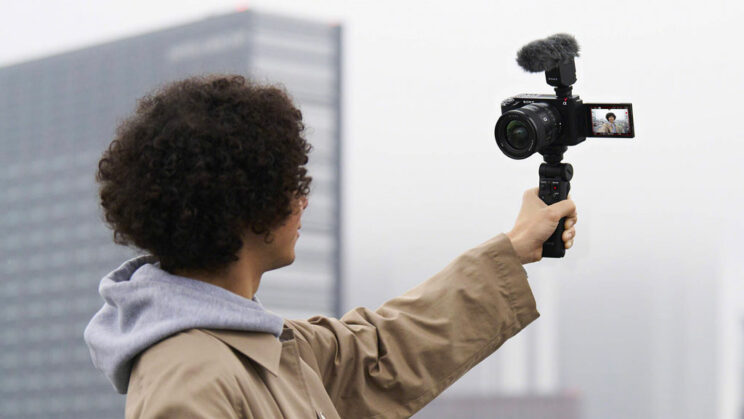
There is another way for video, that will also work on the A7C: the desktop software called Catalyst. You leave stabilisation off on the camera, and stabilise the footage in post using the Sony application, which can read the gyro sensor data embed in the video files. The results are quite good in my experience, although I do find you lose a bit of sharpness in the process.
5. Auto Modes
Did I say the ZV-E1 has an AI processing unit inside? Yes, three times already! Sorry for repeating myself, but this chip influences many things on the ZV-E1, more than just autofocus. Because of the advanced subject detection capabilities, Sony has designed a series of automatic and semi-automatic modes that aim to make the camera easier to configure and use in certain situations, particularly if you are working alone.

For example, the camera can crop the sensor and keep the presenter at the centre while he or she moves around (as long as he/she doesn’t go out of the main 35mm frame).
Another interesting option is the ability to adjust the aperture of the lens automatically depending on how many subjects are in the frame, to make sure they are all sharp when they are not at the exact same distance from the camera.
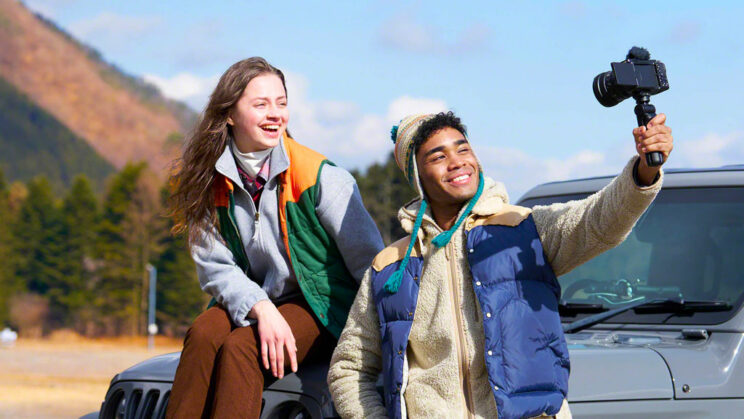
Then there is an Auto mode for the built-in microphone on top of the ZV model, that can atomatically adjust the reception if someone is speaking behind, or in front of the camera.
Other things include the Product Showcase setting, where focus is automatically adjusted when an object is moved to the front / foreground.
6. Shutter and Buffer
Something I haven’t talked about much until now is that the ZV-E1 is designed for video-makers (or content creators as marketing people like to call them). It can still take photos, but is not as complete as the A7C.
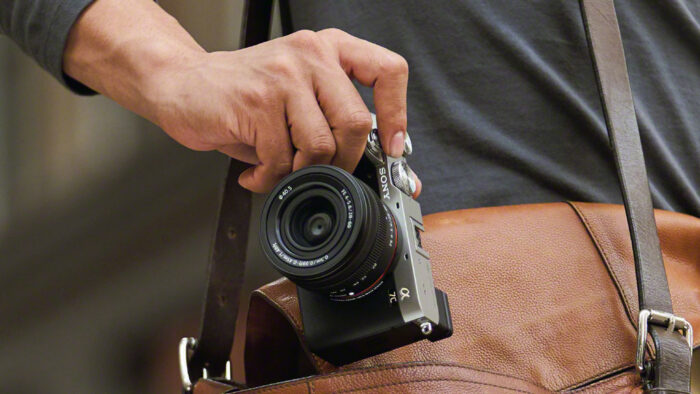
One good example is the lack of mechanical curtains on the ZV model, which means you can only use the electronic shutter. That’s no problem in good light conditions outside, and with static or slow moving elements, and it can also work in silent mode. But, this also means you can’t avoid what we call the rolling shutter effect (distortion when panning quickly with the camera, or when something moves fast inside the scene).
Additionally, the electronic shutter can cause problem with banding and flickering, although the variable shutter setting should help to minimise this, if not eliminate it entirely. Last but not least, flash sync is slower (but again, you probably won’t buy the ZV-E1 for studio portraits).
On the A7C, you’ll find a full mechanical shutter, as well as the full electronic mode.
Another difference is the buffer. They can both shoot continuously up to 10fps, but the ZV-E1 can do it for longer: it can record 1000+ JPG or Compressed RAW files, whereas the A7C manages 220 JPG or 115 compressed RAW (to be fair, it has more resolution, and therefore larger files).
Note that both cameras only have one SD card slot, compatible with UHS-II.
7. Viewfinder and Design
Another hint that the ZV-E1 is more video oriented is the absence of a viewfinder. There is only the rear monitor.
The A7C has an EVF, albeit a small one, but it’s there. It is found on the right side of the camera, built into the main rectangular frame rather than sticking out on top. It has a 0.39-in OLED panel with 2.36M dots, 0.59x magnification, a 20mm eyepoint and a maximum refresh rate of 120Hz.
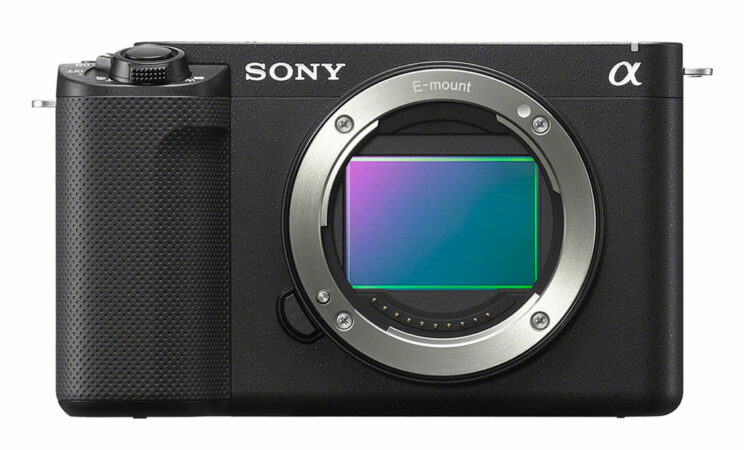
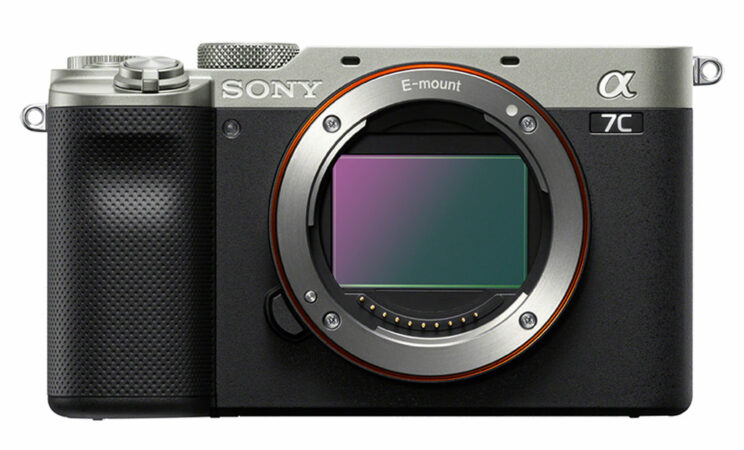
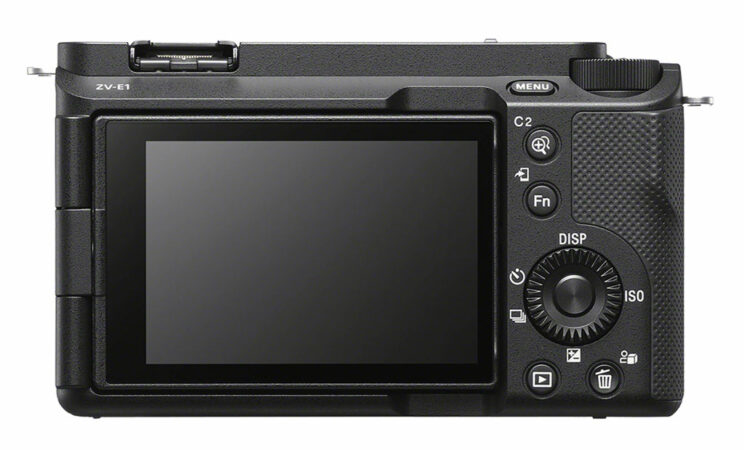
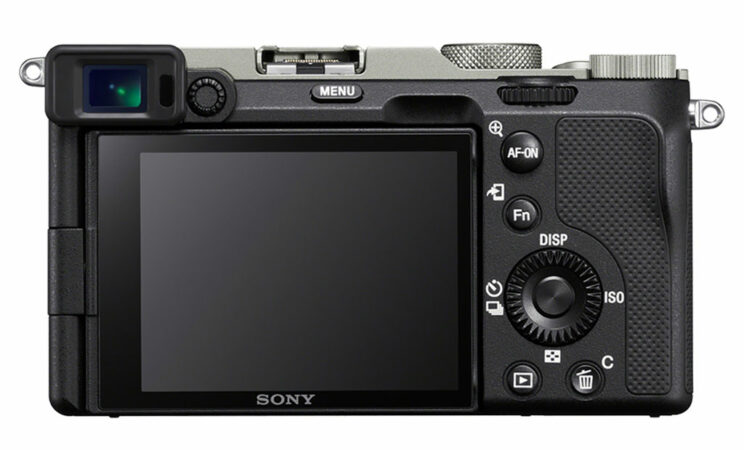
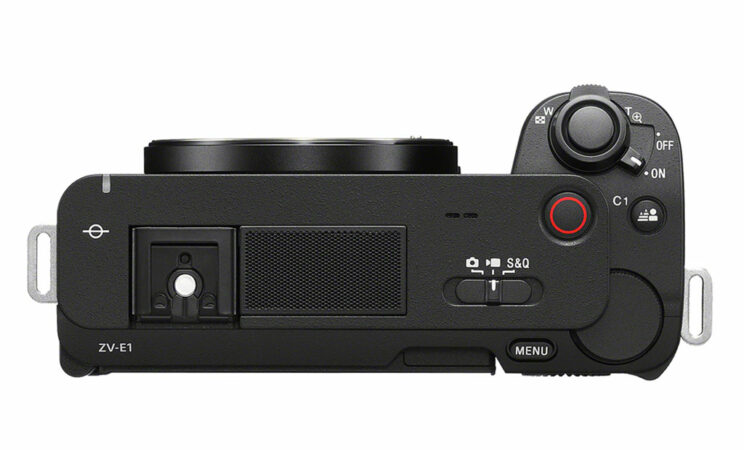
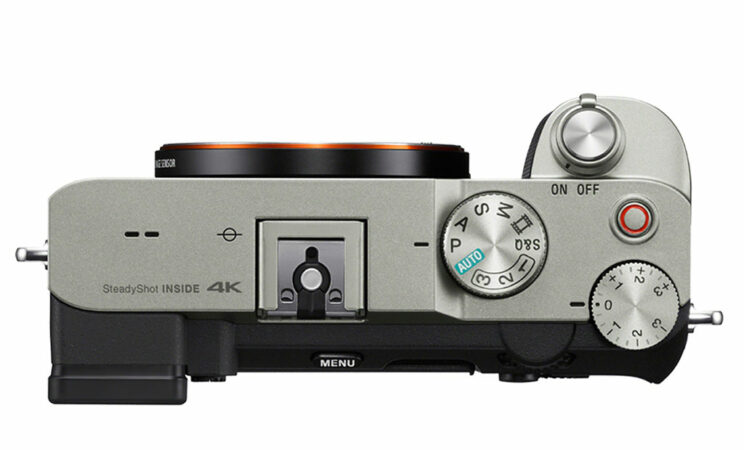
The ZV model is smaller and lighter than the A7C, although not by a big margin. They are both dust and moisture resistant, and come in two color variations: black or white for the ZV-E1, black or black/silver for the A7C.
- ZV-E1: 121.0 x 71.9 x 54.3 mm, 483g
- A7C: 124 × 71.1 × 59.7mm, 509g
8. Touch capabilities
Concerning the LCD screen, they both have a similar resolution, a multi-angle mechanism (which means you can flip it to the side and rotate it 180˚), as well as touch sensitivity.
Concerning the latter, there is more you can do on the ZV-E1, like navigate the menu system (a completely new version in comparison to the old GUI found on the A7C) and change settings like color and brightness with the My Image Style mode.

9. Battery Life
The two cameras use the same NP-FZ100 battery, but the A7C has a better rating per charge: 740 frames, or 215 minutes of continous video recording (when using the LCD screen).
The ZV-E1 can manage 570 shots, or 140 minutes of video.
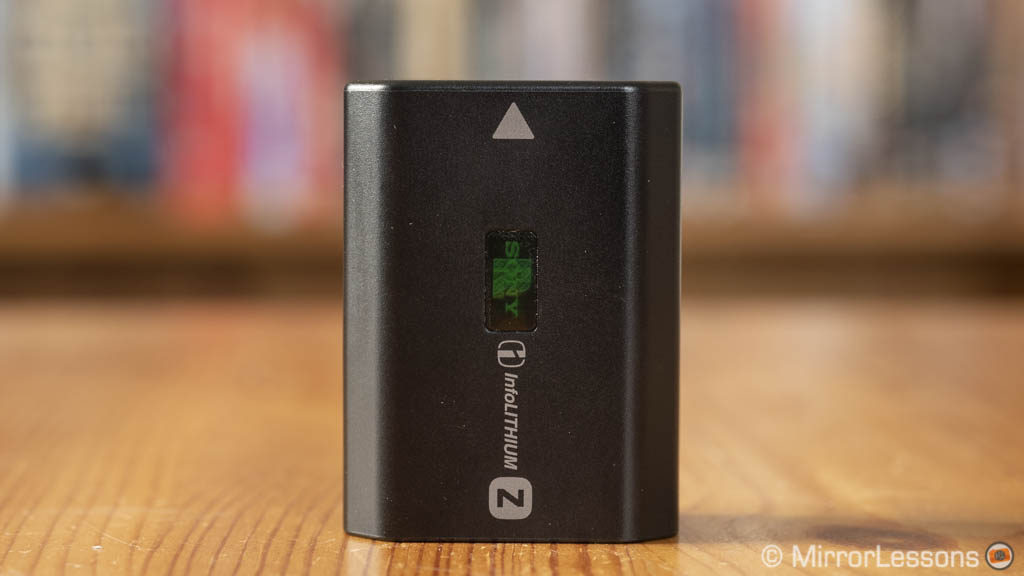
The 5Gbps USB C port can be used to charge the battery, or deliver power while the cameras are in operation.
10. Price
The ZV-E1 has been announced with an offical retail price of $2200 / £2350 / €2700, for the body only.
The A7C has been around for longer, and can be found new for $1800 / £1650 / €1900.
Depending on where you live, the gap in price is more substantial. Note these prices are as of early April 2023, and you can find the A7C for even less second-hand.
ZV-E1 vs A7 IV
ZV-E1 vs A7S III
ZV-E1 vs A7C
Final Thoughts
The ZV-E1 targets the “content creator”, which is how brands call the new generation of video-makers who V-log in a variety of ways on social media. In fact, Sony has dedicated the entire ZV line (four products now) to this specific market. Certainly, this camera has some interesting features designed for solo operators, and it has recording modes that are easy to understand for beginners. But it’s not cheap.
Now, if I look at the basic requirements of a V-Logger, I think the A7C can tick many boxes: the screen rotates 180˚, the autofocus offers good performance for human subjects, and the video quality is very good for someone just starting out. It is less expensive, and can function as a complete hybrid photo/movie camera, which is something beginners may find useful, unless they already know exactly what they need and what they want to do.
With that said, there is something very appealing about the ZV-E1 that can interest advanced video-makers: it has the same video specs of the high-end A7S III. It may not record as long as the S model because of the more limited heat management capabilities, but there aren’t a lot of Sony cameras (or full frame cameras for that matter) offering 4K 120p in that price range. Add all the quality you get to 10-bit 4:2:2 and Sony latest image settings, and it’s hard to ignore the ZV-E1 if you’re looking for a serious video camera, at least from an image quality point of view.
Reminder: the links below are affiliate links. If you decided to buy something after clicking the link, we will receive a small commission.
Check price of the Sony ZV-E1 on
B&H Photo
Check price of the Sony A7C on
Amazon | Amazon UK | B&H Photo | eBay
